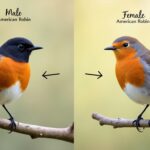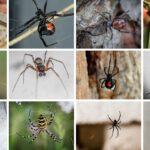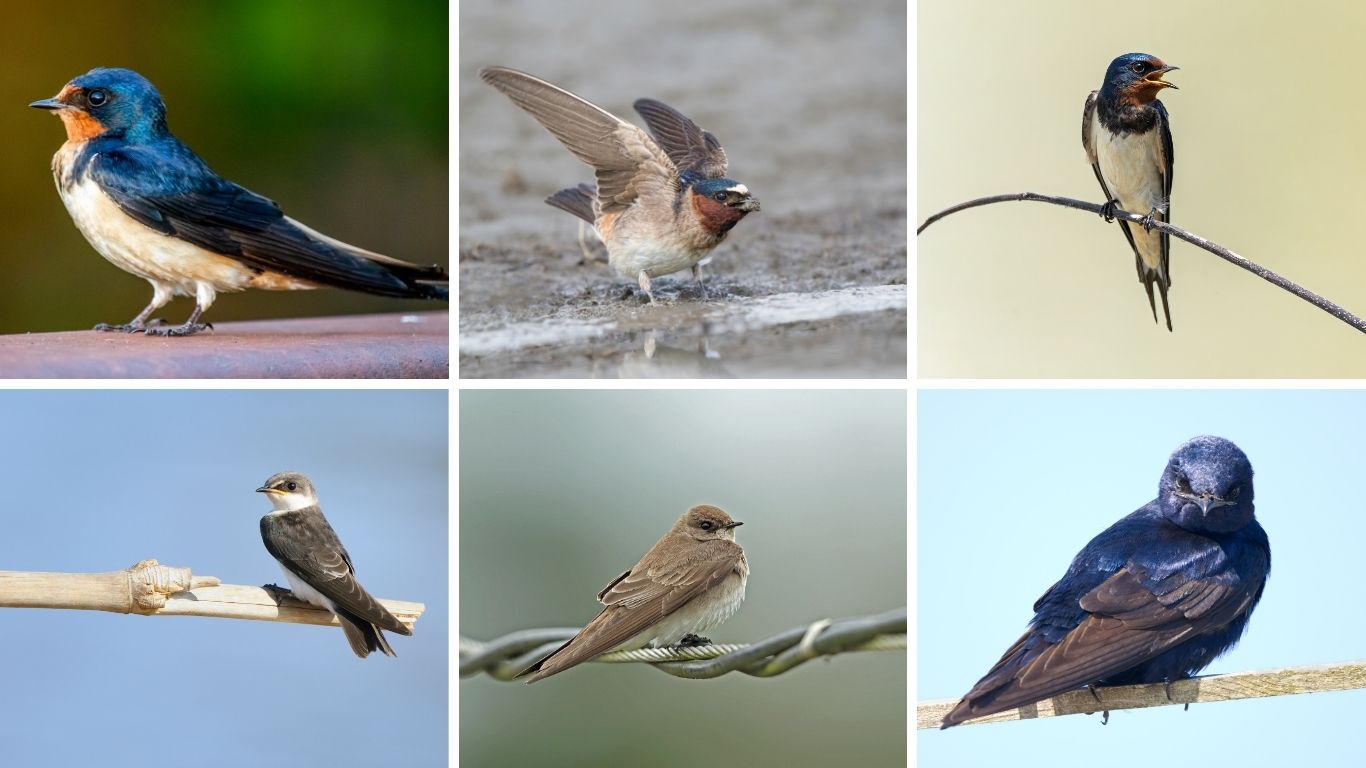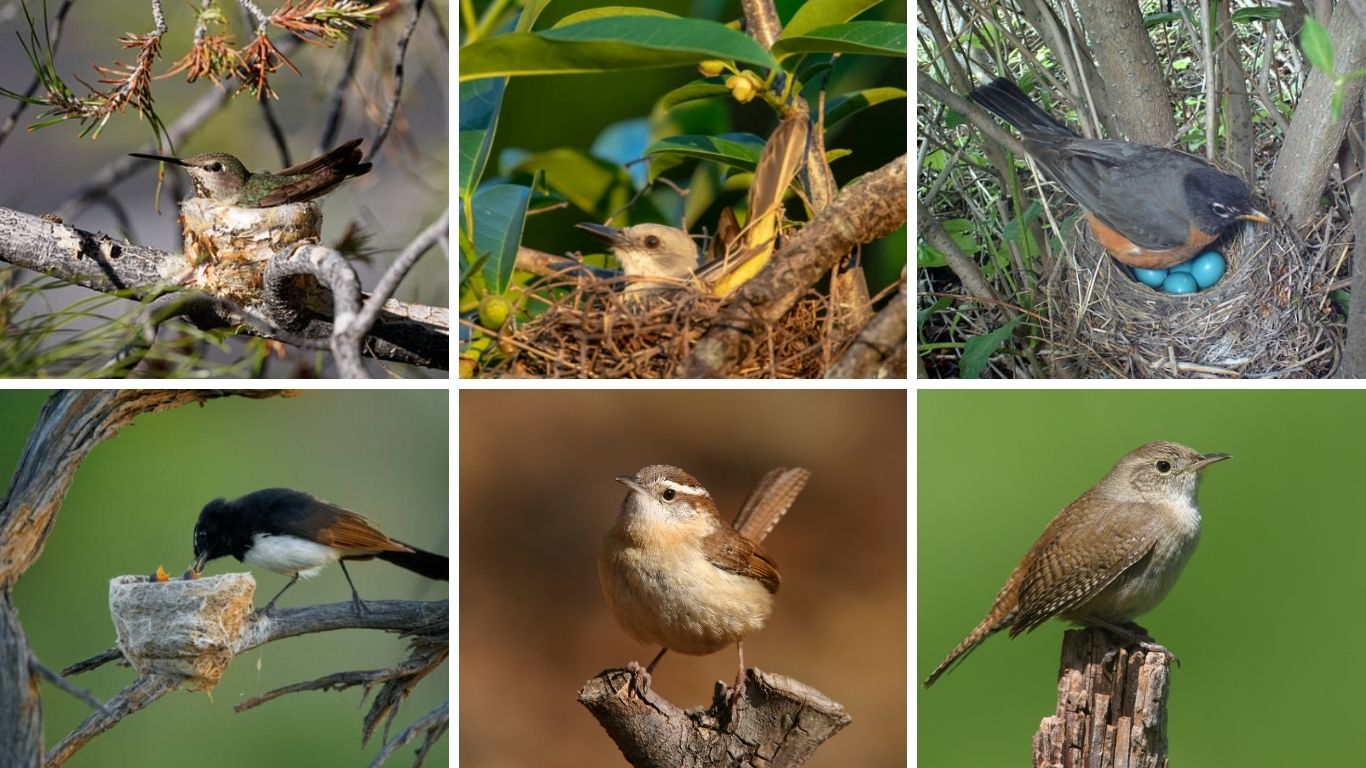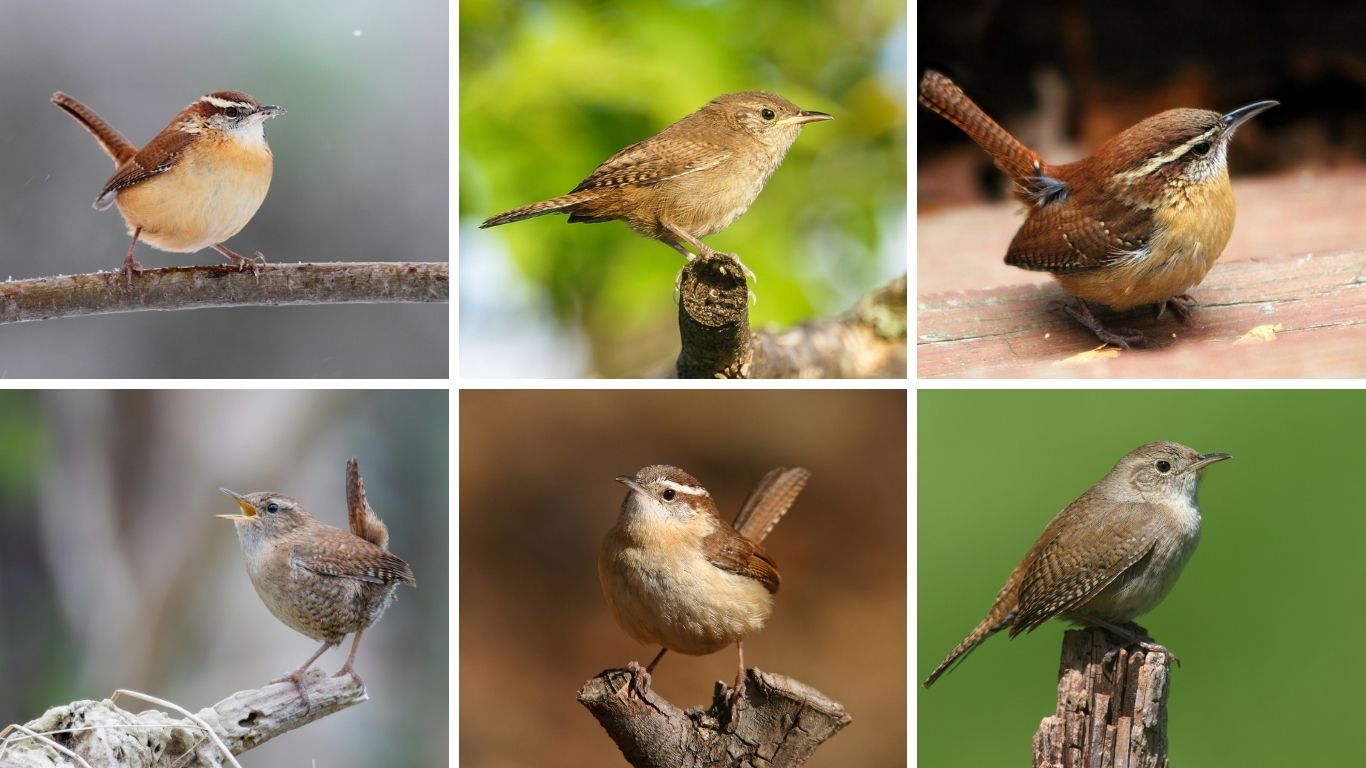Texas is home to a rich variety of owl species, each adapted to the state’s diverse landscapes—from piney woods and deserts to open plains and urban parks. This guide explores 7 fascinating owls found across Texas, highlighting their habits, habitats, and seasonal behaviors. Whether you’re birdwatching at dusk or curious about backyard visitors, learning about these owls adds depth to the state’s natural wonders.
1. Great Horned Owl
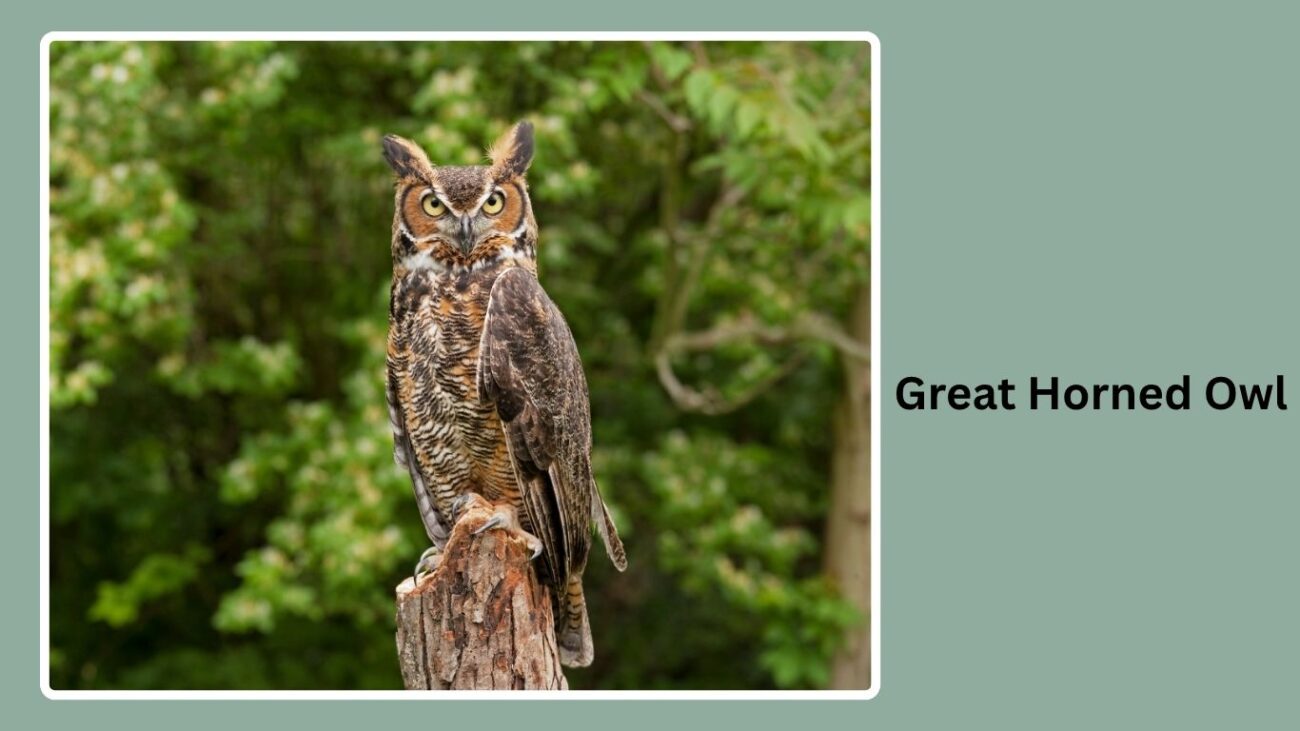
The Great Horned Owl is one of the most widespread and powerful owls in Texas. Found across the state year-round—from pine forests in East Texas to deserts in the west—it thrives in a wide range of environments, including rural farmlands, wooded areas, and even urban parks.
This owl is known for its large size, prominent ear tufts, and deep, resonating hoots. It typically nests in abandoned hawk or crow nests, often high in trees or cliffs. In Texas, its breeding season begins as early as January, making it one of the earliest nesters among birds of prey.
Great Horned Owls hunt mostly at night, preying on rabbits, rats, snakes, and even skunks, thanks to their strong talons and excellent night vision. During the day, they roost silently and blend into tree trunks.
Their adaptability and wide diet range allow them to flourish across Texas. Despite urban growth, they remain a common and majestic sight throughout the state.
2. Barn Owl

The Barn Owl is a familiar sight across much of Texas, especially in open countryside, farmlands, and grasslands. It’s easily recognized by its pale, heart-shaped face and ghostly white underparts. These owls are non-migratory and can be seen year-round across the state, often nesting in barns, silos, and tree cavities.
In Texas, Barn Owls are especially active at night, using their exceptional hearing to locate small mammals like rats and mice. They prefer hunting over open fields, flying low and silently as they scan for prey. Their presence is highly beneficial to farmers due to their natural pest control abilities.
Barn Owls typically begin breeding in late winter or early spring, often raising multiple broods if food is abundant. They are quiet during the day and usually roost in dark, enclosed spaces.
Though still common in Texas, habitat loss and pesticide use can impact local populations. Nest box programs help support these owls across agricultural areas.
3. Eastern Screech Owl
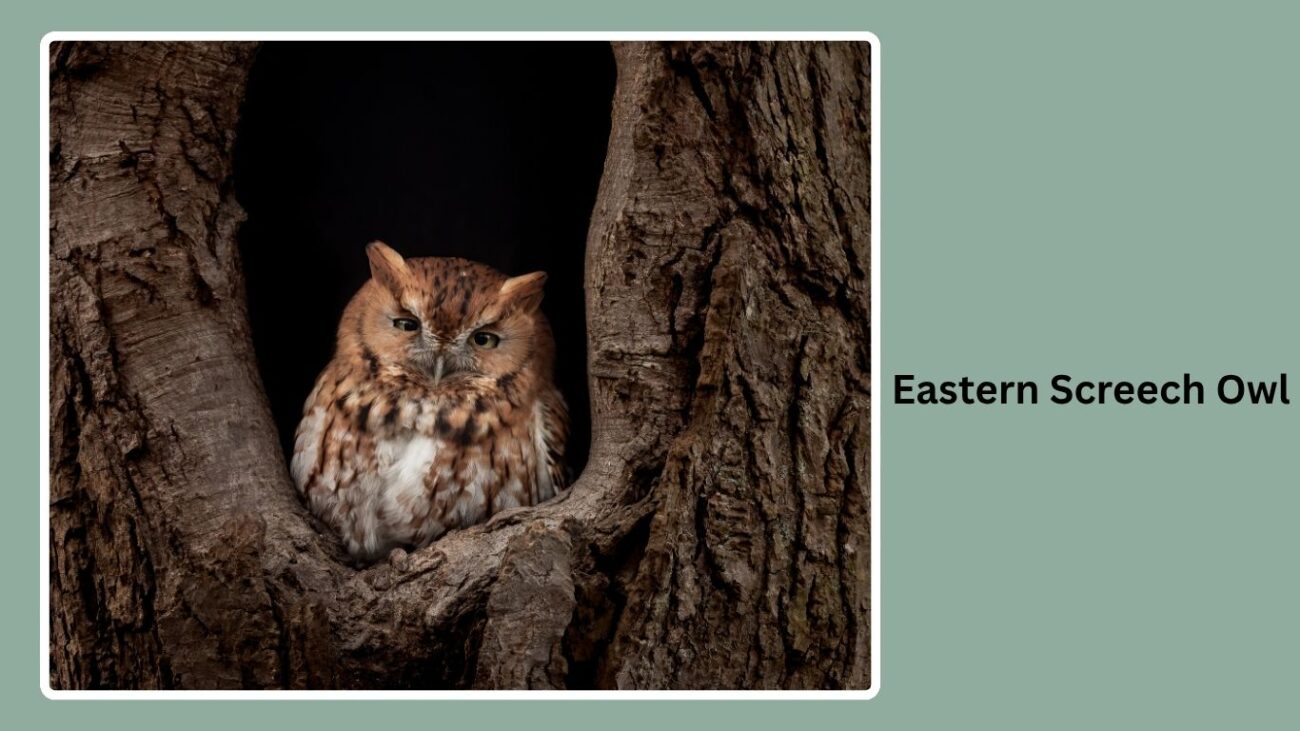
The Eastern Screech Owl is a small, stocky owl found throughout Texas, especially in wooded suburbs, riparian areas, and hardwood forests. Despite its name, it doesn’t screech—instead, it produces a soft trill or whinny-like call, often heard at dusk or nightfall.
This owl is highly adaptable and nests in tree cavities, nest boxes, and even small gaps in buildings. In Texas, they are year-round residents and breed between February and April, often returning to the same nesting spots annually.
Eastern Screech Owls come in two color morphs—gray and reddish-brown—both of which blend well with tree bark. They are nocturnal hunters, feeding on insects, small birds, reptiles, and rodents.
Their ability to live close to humans makes them one of the most commonly observed owls in Texas towns and cities. Providing nest boxes and preserving tree cover helps maintain their population across both rural and urban landscapes.
4. Barred Owl

The Barred Owl is most commonly found in the eastern and central parts of Texas, particularly in wooded river bottoms, swamps, and dense hardwood forests. It prefers moist habitats with plenty of mature trees and is often seen in areas near water.
This owl is known for its deep, booming call that sounds like “Who cooks for you? Who cooks for you all?” It’s active mostly at night but may hunt during the day in overcast or rainy weather. In Texas, it remains a year-round resident and starts nesting in late winter or early spring.
Barred Owls nest in natural tree cavities or use old hawk nests. They feed on a variety of prey including rodents, amphibians, fish, and insects. Their quiet flight and excellent hearing make them skilled nighttime predators.
Although not considered rare, their dependency on mature forests means habitat protection is crucial. In some areas, urban development threatens the wooded habitats they depend on for nesting and hunting.
5. Burrowing Owl
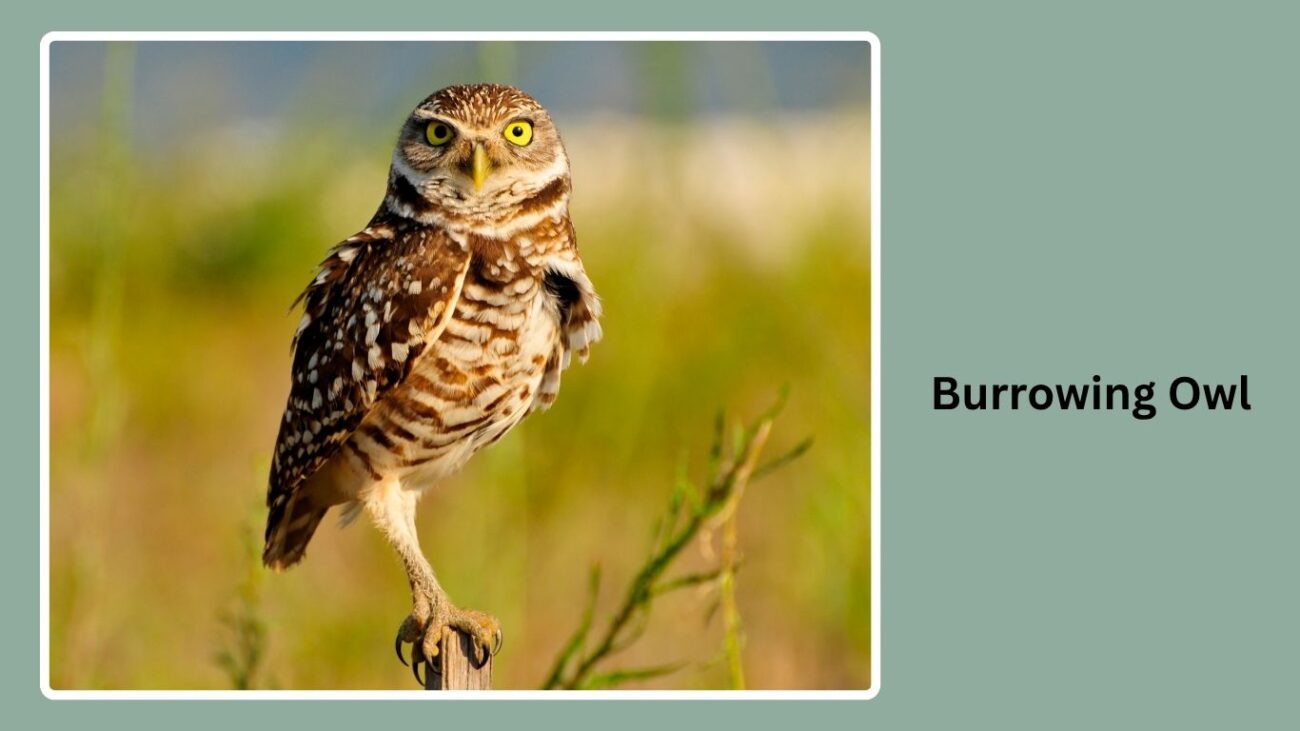
The Burrowing Owl is a small, ground-dwelling owl found primarily in western and southern Texas, especially in grasslands, prairies, and desert edges. Unlike most owls, it is often active during the day, particularly in the early morning and late afternoon.
True to its name, this owl nests in burrows—either digging its own or taking over abandoned ones made by prairie dogs or ground squirrels. In Texas, Burrowing Owls are most often seen during spring and summer, though some remain year-round in southern parts of the state.
They have long legs, a flat facial disk, and expressive yellow eyes. Their diet consists of insects, rodents, and small reptiles. You’ll often spot them perched on fence posts or near burrow entrances, bobbing their heads when curious or alarmed.
Habitat loss due to agriculture and development has affected their numbers. Conservation efforts in Texas include maintaining open rangeland and protecting prairie dog colonies that support nesting burrows.
6. Long-eared Owl

The Long-eared Owl is a secretive, slender owl found in scattered parts of Texas, particularly in wooded riparian areas, brushy canyons, and near grasslands. While it’s not commonly seen, it’s a regular winter visitor, especially in the Panhandle and North Texas, with small breeding populations in isolated areas.
This owl roosts in dense trees during the day, often in groups during winter. At night, it hunts open fields for small mammals like voles and mice. Its flight is silent, and its long ear tufts give it a distinct appearance when perched.
Breeding in Texas is rare but does occur in quiet, undisturbed woodlands. It typically nests in old hawk or magpie nests, preferring dense forest edges near open hunting grounds.
Because they are so well-camouflaged and quiet, Long-eared Owls are often overlooked. Habitat conservation, especially of riparian woodlands and native grasslands, plays a key role in supporting their seasonal presence in Texas.
7. Short-eared Owl
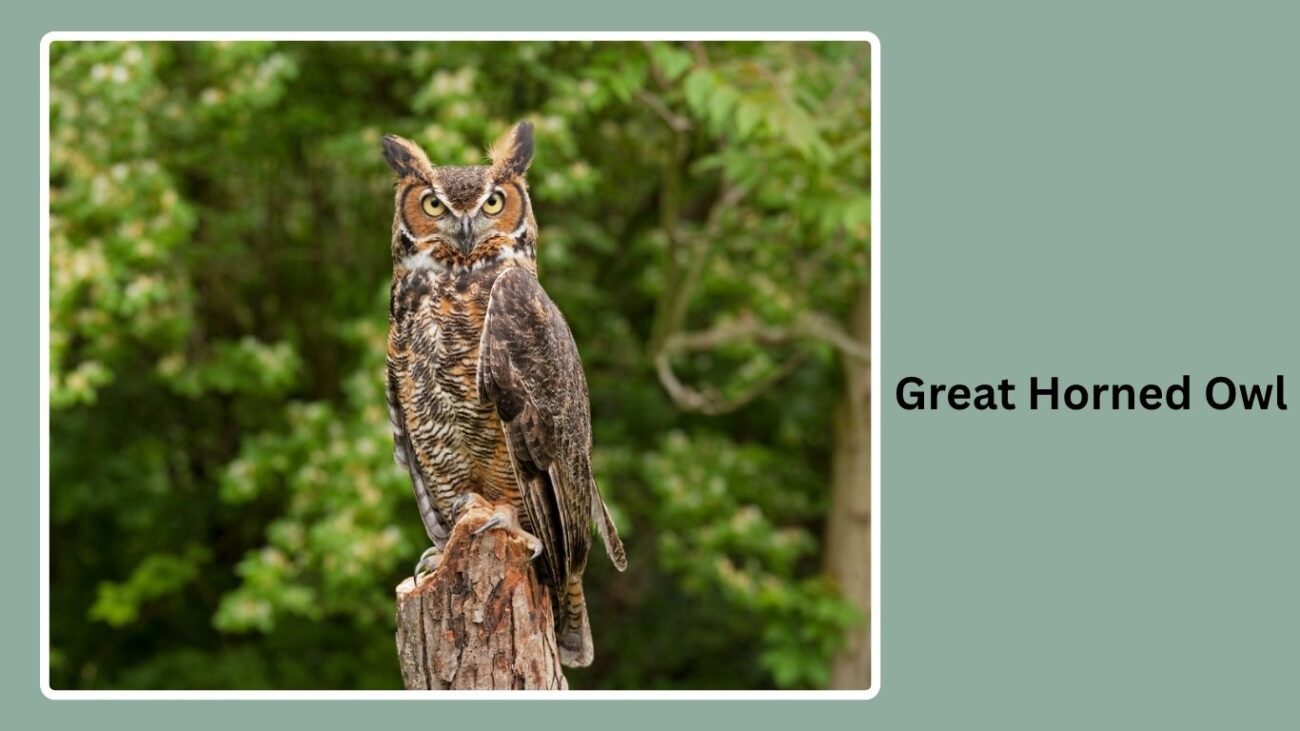
The Short-eared Owl is a winter visitor to open landscapes across Texas, including prairies, coastal marshes, and agricultural fields. Unlike most owls, it’s active during the day—particularly at dawn and dusk—gliding low over fields in search of small rodents.
This owl is easy to identify in flight, with its broad wings, buff-colored body, and quick, moth-like wingbeats. It rarely perches high and often uses grassy ground or fence posts to rest and hunt. In Texas, it’s most commonly seen from late fall through early spring.
Short-eared Owls don’t usually nest in Texas but may do so in the northern regions during years with abundant prey. They build simple nests on the ground, well-hidden in tall grasses or low vegetation.
Their numbers can vary greatly from year to year based on food availability. Maintaining open grasslands and native prairie is crucial for supporting their wintering populations in Texas.
FAQs
1. What is the most common owl species in Texas?
The Great Horned Owl is the most widespread and commonly observed owl across Texas, thriving in forests, deserts, cities, and farmlands.
2. Are there owls in Texas that are active during the day?
Yes, species like the Burrowing Owl and Short-eared Owl are often active during daylight hours, especially around dawn and dusk.
3. Where can I see owls in Texas?
Owls can be found in diverse habitats across Texas—from pine forests and coastal marshes to deserts and urban parks. Birdwatchers often look in state parks, wildlife refuges, and open fields.
4. Do owls nest in Texas year-round?
Some owls, like the Eastern Screech Owl and Barn Owl, are year-round residents and breed in Texas, while others, such as the Short-eared Owl, visit only during winter and do not nest in the state.

